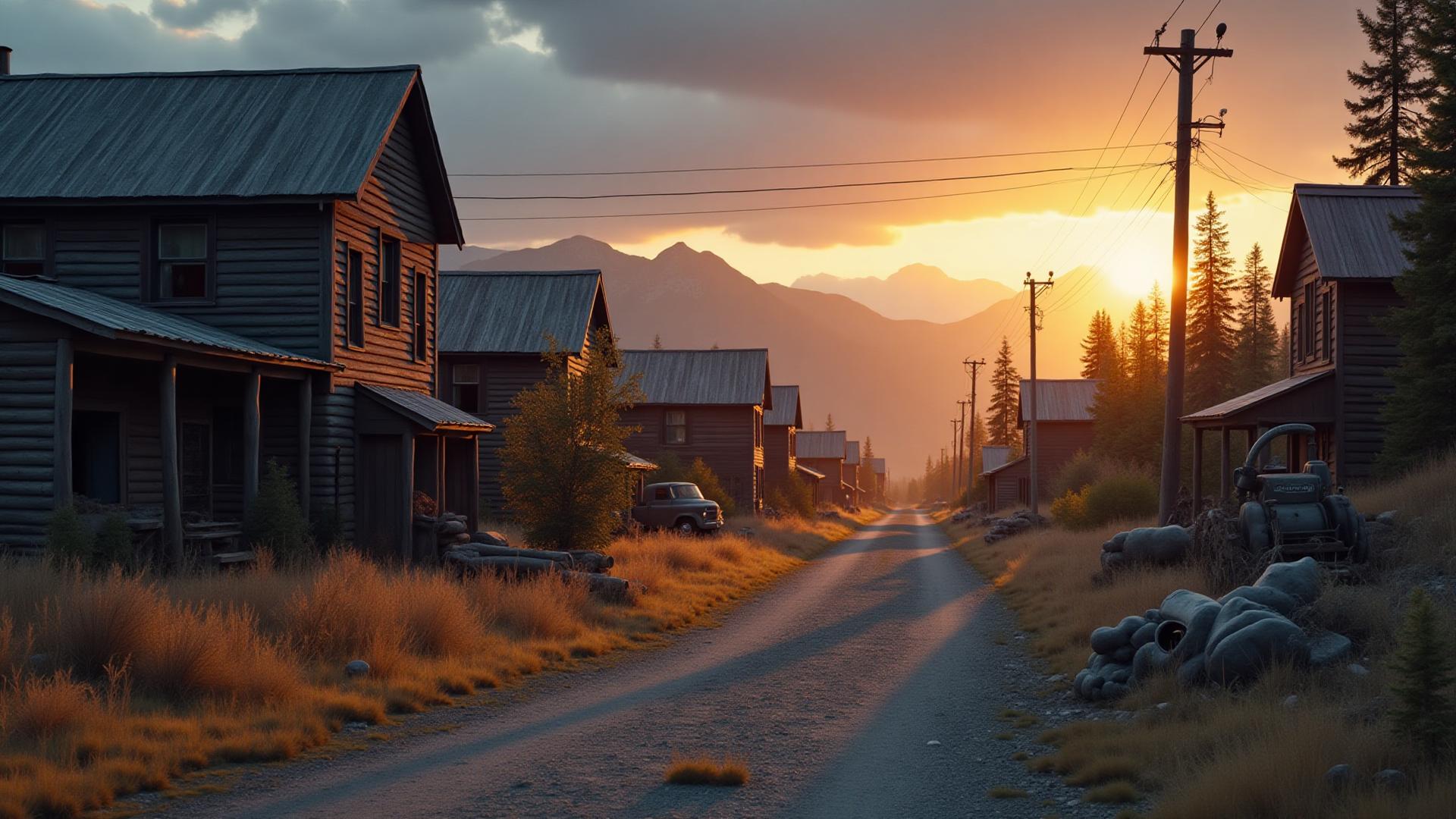Waning of the Rush
By late 1898, new arrivals often found little unclaimed ground left. The easy pickings were gone, and the best claims had been staked two years earlier. Many who had endured the brutal journey north arrived only to find no opportunity for them.
New gold discoveries in other regions, notably Nome, Alaska, drew away many prospectors. The discovery at Nome in 1899 was particularly attractive because its beach sands could be worked without the need for expensive equipment or claims—anyone could simply show up and start panning.
The White Pass & Yukon Route railway construction and telegraph lines gradually lessened isolation, but by then the gold fever had peaked. Ironically, as transportation improved, the rush was already over.
Some stayed and organized mechanized operations, but many left in droves: ~2,500 from Dawson alone reportedly departed in August–September 1899. By 1900, Dawson's population had fallen to about 8,000, and it continued to decline thereafter.
Legacy — Economic, Social & Cultural
Limited Riches for Most
Only a small fraction of prospectors profited; many lost money or left empty-handed. Of the estimated 100,000 who set out, only about 4,000 found any gold, and only a few hundred became truly wealthy. The ones who consistently made money were the merchants, saloon keepers, and transportation companies—not the miners.
Growth of the Yukon
The influx necessitated formal governance; the Yukon Territory was established in 1898, separated from the Northwest Territories. The rush forced the development of infrastructure, law enforcement systems, and administrative structures that persist today.
Cultural Imprint
Authors like Jack London and Robert Service, poets, filmmakers, and songwriters enshrined the rush in popular imagination. London's stories like "The Call of the Wild" and "White Fang" brought the Yukon's harsh beauty to millions of readers. Service's poems like "The Shooting of Dan McGrew" became recited around the world.
Tourism & Heritage
Today Dawson City and related sites (Discovery Claim, dredges, historic buildings) draw visitors seeking Gold Rush history. The town has been extensively preserved, with many buildings restored to their 1898 appearance, making it a living museum of the era.
Environmental Scars and Ongoing Mining
Dredging and hydraulic operations left lasting marks on the landscape. Massive tailings piles and altered watercourses remain visible today. Some gold mining persists in the region, though at a much smaller scale and with modern environmental regulations.
What the Rush Really Meant
The Klondike Gold Rush represented something larger than the sum of its gold. It embodied the human drive for betterment, the willingness to risk everything for opportunity, and the power of hope—even when that hope proved illusory for most.
It demonstrated both the best and worst of human nature: incredible courage and perseverance alongside greed, exploitation, and disregard for Indigenous peoples and the environment. The rush displaced the Hän people from their traditional lands and disrupted ecosystems in ways still visible today.
Yet it also created something lasting. The Yukon Territory exists because of the rush. Dawson City, though diminished, endures. The stories and images of the Klondike remain vivid in cultural memory. And the lessons about resource rushes, boom-and-bust cycles, and the cost of ambition remain relevant more than a century later.
